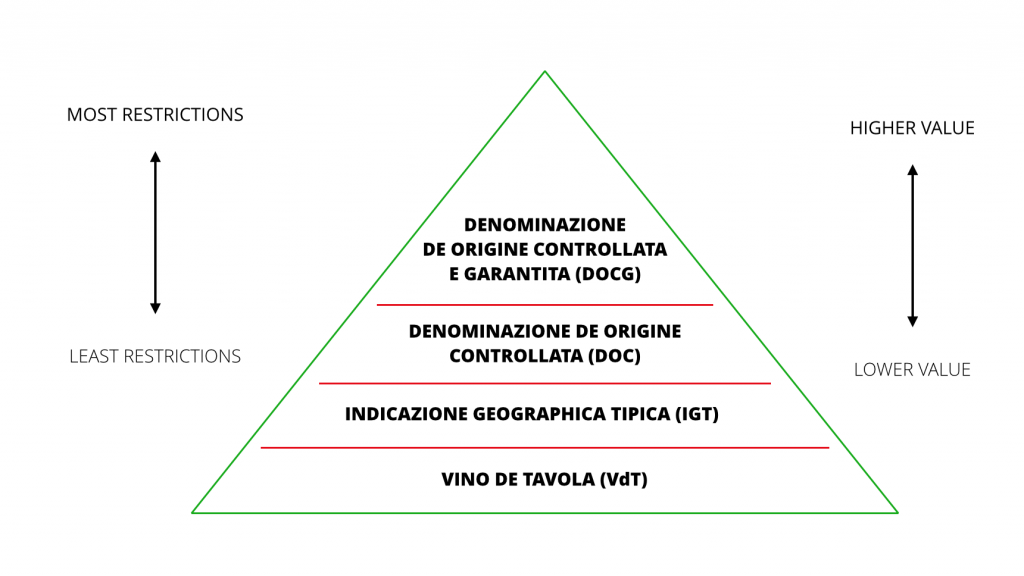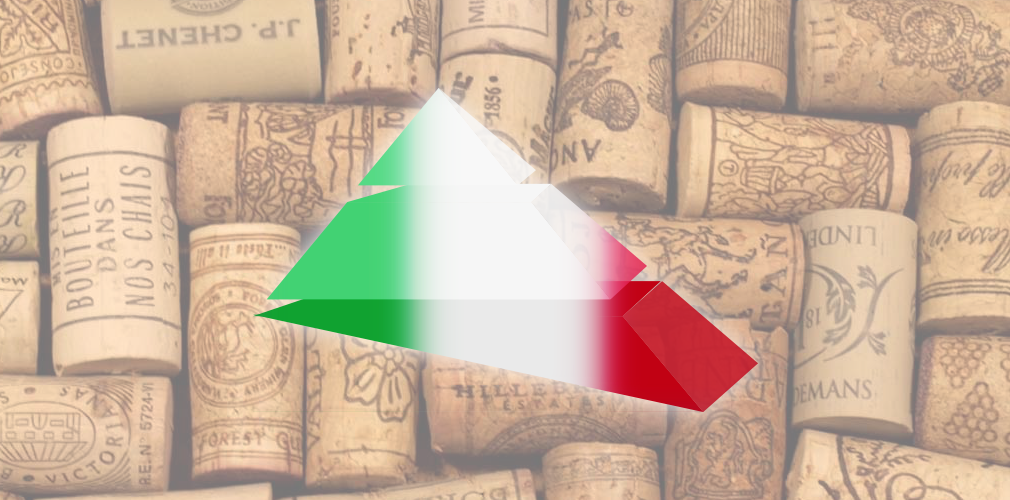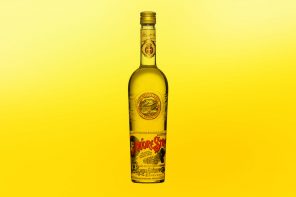The second country in our series on European wine classification systems is Italy. The mighty Italians have a complex method of classifying their wines, but it’s a lot easier to grasp than whatever it is the French are up to. Don’t worry.
We compared France’s classification system to a pyramid, and it’s really the same deal for Italy. But (to make things interesting) each level of this pyramid has a different, Italian name. Not too bad, if you can pronounce Italian without biting your tongue.

The Basics
Vino de Tavola or (VdT) is the broadest and “lowest” level of classification. Literally translating to “table wine,” the only rule is that all grapes used are from Italy. This is everyday wine you may find being in a carafe in an adorable café. Not a study in sophistication, but there’s always time for wines like this.
Indicazione Geographica Tipica or (IGT) is next up. If you dissect that lingo a little, you’ll see that it means a wine that is “typical” of a particular “geography.” Not the most precise, but you get the idea.
The Nitty Gritty
The Denominazione de Origine Controllata or (DOC) is the next step up the pyramid. It includes hundreds of appellations around Italy- some you’ve probably heard of like Friuli, Alto Adige or Rosso di Montalcino. What you’re drinking is a wine that is made out of grapes from a specifically defined region by that region’s rules. You can be assured of at least modest quality. Done and done.
There’s more?
The Denominazione de Origine Controllata e Garantita or (DOCG) is the highest level in Italy. You don’t have to speak Italian to get the meaning of this one. It’s a designated, controlled & guaranteed place of origin.
There are 329 DOC’s in Italy, but just 73 DOCG’s. Some examples of DOCG’s are Chianti, Brunello di Montalcino, Barolo and Barbaresco. Like France, there are strict rules at play here: grapes allowed, maximum yield, winemaking techniques, alcohol percentage and time spent in oak barrels before release. Thankfully, the buck stops here.
Feeling okay about all this? If you’re not, just grab a glass of wine and forget we had this conversation. But don’t be surprised if you actually remember some of these tidbits on your next trip to the wine store. They come in handy.








